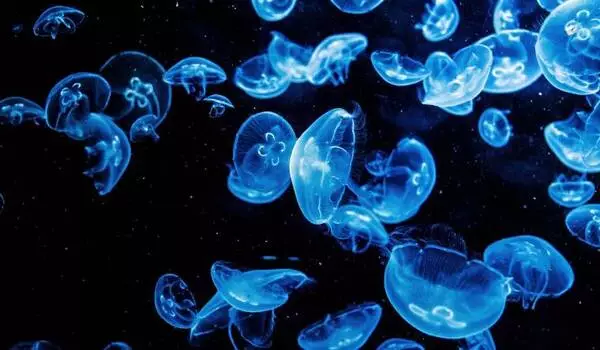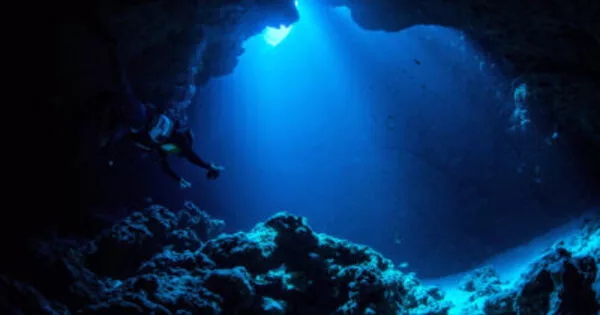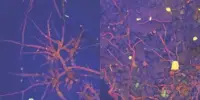Microbes in the deep ocean have evolved to live without sunlight because they exist in an environment where there is little to no light penetration. Unlike the sunlit surface waters, where photosynthetic organisms can thrive, the deep ocean is characterized by the absence of light, extreme cold temperatures, and high pressures.
The sun is the primary source of energy for most life on Earth. Trees and plants use sunlight’s energy to combine water and carbon dioxide to create sugars, which provide food for all animals, including humans. This is known as photosynthesis. Another process is taking place in the deep ocean, hundreds of meters away from the sun’s rays: chemosynthesis. Instead of light, tiny microbes use chemical energy to combine water and carbon dioxide to produce sugar.
A groundbreaking study contradicts the widely held belief that the majority of life in the ocean is powered by photosynthesis via sunlight, revealing that many ocean microbes derive their energy from hydrogen and carbon monoxide.
It has always been a mystery how microbes grow in the deepest parts of the sea without sunlight. A new study published in the journal Nature Microbiology by Monash University researchers shows that chemosynthesis (growth using inorganic compounds) fuels microbes in these deepest depths.
We discovered the genes that enable hydrogen consumption in eight different phyla of microbes, and this survival strategy becomes more common the deeper they live.
Dr. Lappan
The five-year study, led by Dr. Rachael Lappan and Professor Chris Greening from the Biomedicine Discovery Institute, reveals that two common gases – hydrogen and carbon monoxide – serve as the fuel for trillions of microbes in the ocean from the tropics to the poles.
Until now, most scientists believed that ocean microbial life was primarily driven by photosynthesis, according to Professor Greening (growth by using light energy). “But what about those areas that are so deep that light cannot penetrate or are so deficient in nutrients that algae cannot thrive? In this study, we demonstrated that chemosynthesis is dominant in these regions “He stated.
“Hydrogen and carbon monoxide “fed” microbes in every environment we studied, from urban bays to tropical islands to hundreds of meters below the surface. Some can even be found beneath the ice shelves of Antarctica.”

The study combined chemical measurements taken during ocean voyages with laboratory-based microbial culture characterisation. The researchers also used metagenomic sequencing extensively, “which tells us the genetic blueprints of all of the microbes present in a given region of the ocean,” according to Dr. Lappan. “We discovered the genes that enable hydrogen consumption in eight different phyla of microbes, and this survival strategy becomes more common the deeper they live.”
For this project, the researchers were inspired by their previous work on soil bacteria. Professor Greening and colleagues have previously showed most soil bacteria can live by consuming hydrogen and carbon monoxide from the atmosphere.
“Because of various geological and biological processes, the surface layers of the world’s oceans generally contain high levels of dissolved hydrogen and carbon monoxide gases. So it was natural for oceanic bacteria to use the same gases as their terrestrial cousins “Dr. Lappan stated.
These discoveries shed light on the origins of life. Professor Greening comes to the conclusion that “The first life most likely arose in deep-sea vents, powered by hydrogen rather than sunlight. It’s incredible that so many microbes in the oceans are still using this high-energy gas after 3.7 billion years, and we’ve completely overlooked this until now.”
In addition to chemosynthesis, some deep-sea microbes also have unique adaptations that allow them to survive in this extreme environment. For example, some microbes are able to live at high temperatures, pressures, and salinities, while others can metabolize unusual compounds, such as hydrocarbons or heavy metals.
Overall, deep-sea microbes have evolved to thrive in the extreme conditions of the deep ocean, using unique metabolic pathways to obtain the energy they need to survive in the absence of sunlight.
















